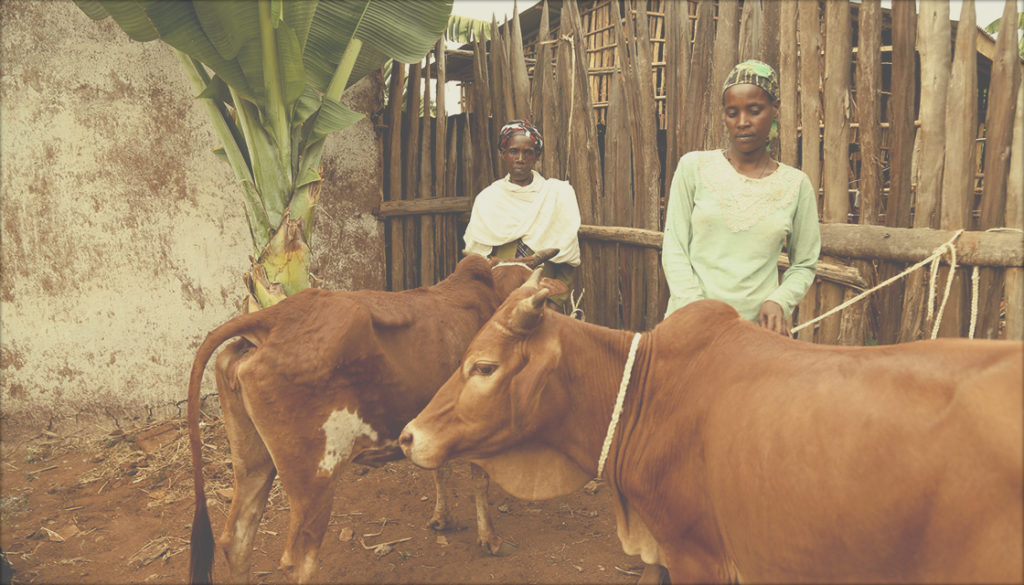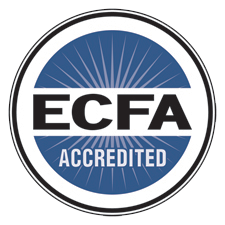I’ve sponsored the same child through Children’s HopeChest for almost seven years. He’ll be a grown man in a few more. Literally, I have watched him grow up through pictures from the other side of the world. I’ve even had the pleasure of hugging him and sharing meals with him on two separate trips.
Talking to me about Kaleab means being barraged about why and how I love the Children’s HopeChest model. At the time I was introduced to the organization, it was presented by a blogger who was looking for an online connection of women who were willing to collectively sponsor a drop-in center in Addis Ababa, Ethiopia.
It was never the goal to just gain sponsors for the kids and send a check every month. Our initiative was to come alongside the drop-in center and help assist with bigger fundraising needs. We were literally taking a community built on the Internet and connecting with a community of inner city street kids.
It was magic.
A lot of organizations offer a sponsorship model. You have $40 a month and they can find a kid across their organization that needs it. What HopeChest does differs in that not only do your community members know one another, but their sponsored kids know one another, too.
I approached my church in 2009 with a CarePoint in Ngariam, Uganda. A remote, underdeveloped community, these 600 orphaned and vulnerable children were almost completely removed from the rest of the world. The school there had so many children in need of services that there were three separate locations.
With a church membership of less than 2,000, both HopeChest staff and our church leaders were worried we would be overwhelmed with the challenge. I never saw it that way. I had prayed and cried and begged God for the answers for this location. I asked and He answered.
We agreed to sponsorship that year and now our three schools have water wells and a storehouse for their extra food. We send a team every year. Sometimes, our teams go twice a year. We’re not only checking on the building projects and the farming initiatives, we’re also going to build relationships with our kids. My church gets to build relationships on the other end of the world. It’s truly incredible to watch.
A few years ago, a tornado devastated the area around our church. While our building was spared, a lot of our members were affected. It was a video from Ngariam that brought us all to tears the next week. They were praying for us and our community and our loss. They reached out to us in our time of need. Community-to-Community partnership goes both ways. We minister to one another.
That’s what makes HopeChest unique to me. We’re no longer talking about my sponsorship child in Ethiopia; we’re talking about Kaleab. We’re talking about Emmanuel and Simon, both members of the Ngariam CarePoint. One who has the prettiest handwriting I’ve ever seen and the other who is praying about being an engineer. My fridge is loaded with church members hugging my boys and cards and drawings our members have brought back from their trips.
My last update was that one of our boys had left the CarePoint because he was being transferred to another school. He was so advanced that his education needed to be heightened. Don’t think I didn’t skip from the mailbox and around the kitchen like a grinning idiot that afternoon.
If you or your church are interested in learning more about Community-to-Community partnership, contact HopeChest here.
Hugs and love,
Lindsey





